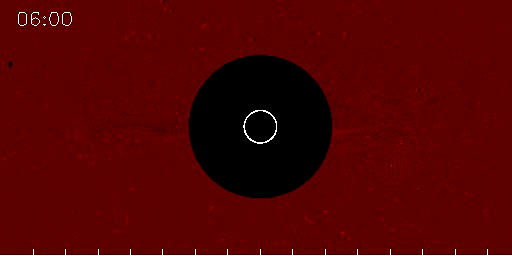Introduction to the Sun-Earth Relationship
Do two guns really produce two different bullets?
Every second the Sun expels approximately one million tons of matter, composed mainly of hydrogen nuclei and electrons, in what we call the solar wind. The solar wind propels these particles and their magnetic fields through the interplanetary medium at an average speed of 400 kilometers per second. This constant influx of matter into and through the interplanetary medium, as well as the overall amplification of the solar winds due to coronal mass ejections (CMEs), interact with the Earth's magnetic field to cause what we know as space weather. Space weather emcompasses changes in the Sun-Earth environment, from eruptions on the Sun to the deformation of the Earth's magnetic field. CMEs are localized events on the sun in which massive amounts of hot plasma, often interlaced with magnetic field lines, are released from the Sun's surface. They can result from the eruption of filaments as well as sigmoids.

Seen here is a movie of a CME as seen in white light. This movie was made through images taken by the LASCO-C3 coronagraph onboard the Solar and Heliospheric Observatory (SoHO). A coronagraph is a telescope that can see things very close to the Sun. It uses a disk to block the Sun's bright surface and thus reveal the faint solar corona, stars, planets and sungrazing comets. In other words, a coronagraph produces an artificial solar eclipse.
Learn about
filaments ,
sigmoids and mangetic
clouds and storms.
